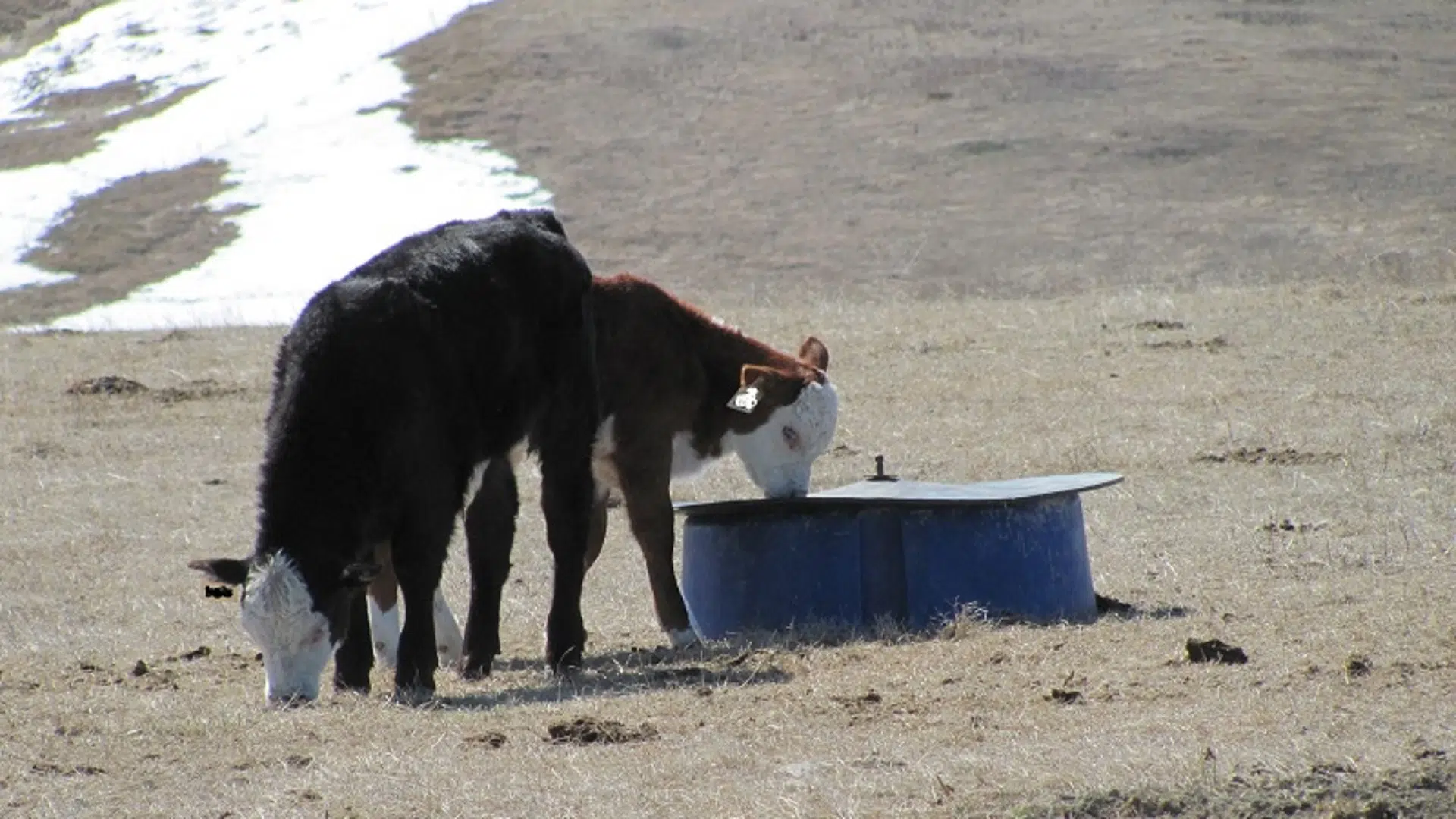
Research into Bovine Tuberculosis – new testing and possible link to salt block transference
NEW MEXICO AND MICHIGAN – Researchers say they are developing a test for bovine tuberculosis they hope could someday spare ranchers and governments from costly quarantines and mass slaughters of cattle.
Scientists at the Los Alamos National Laboratory in New Mexico say they have made a breakthrough that could lead to a quick blood test for the infectious disease.
Researcher Harshini Mukundan (moh-koo-dan) says they came up with the idea after speaking with local ranchers.
The research involves adapting a test used to detect T-B in people so that it can work on cattle and other animals.


